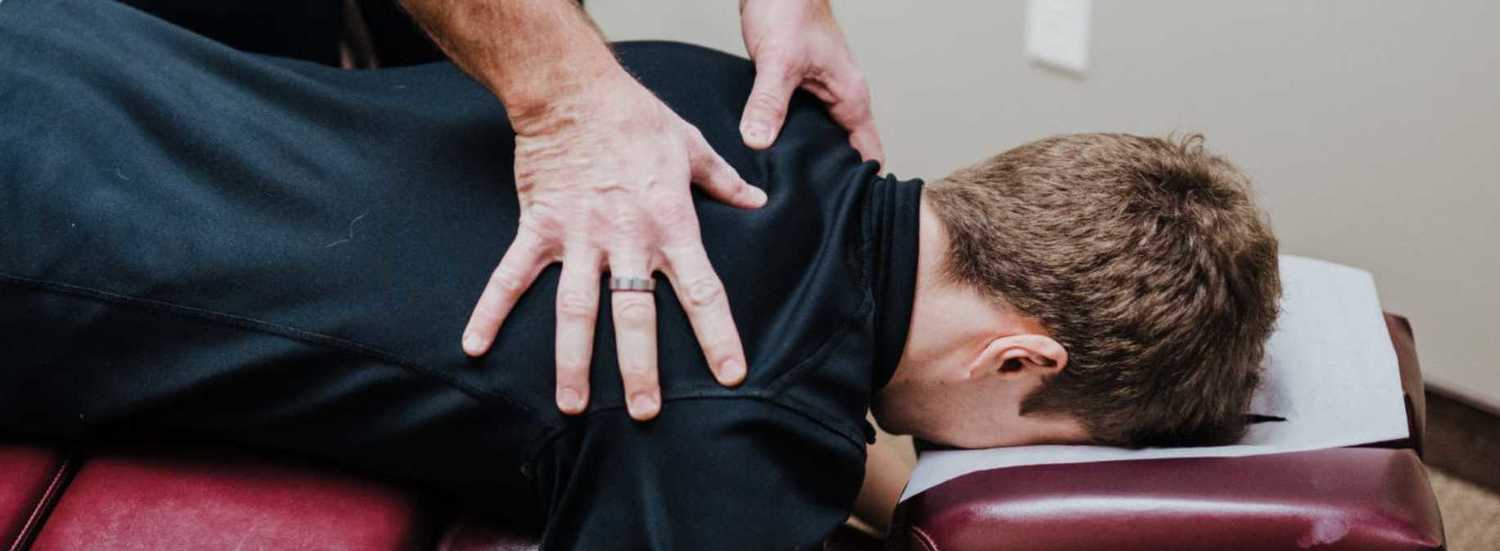
Lower back pain, also known as lumbago, is a condition that affects millions of people worldwide. According to the CDC, 37% of people have had low back pain within the last 3 months. Over 50% of people over 65 have had low back pain, and even in our young adults (18-29), 21% have experienced low back pain in the last 3 months. 80% of Americans will experience low back at least once in their lifetime. Low back pain is the leading cause of disability worldwide and over 50 billion dollars is spent on health care every year to treat or manage low back pain. Unfortunately, all of these numbers have steadily been on the rise for the past 20 years. With more resources, better technology, and decades of experience with low back pain, why is low back still a problem that is getting worse?
Our society craves a quick fix for problems, and low back pain is no different. A 5-minute scroll through any social media platform and you are likely to see different ads for quick low back pain fixes; it’s nauseating, confusing, and contradictory. You will see ads for one stretch to cure low back pain, only to continue scrolling to see another ad promising the same thing with a completely different stretch! You will see ads for foam rollers, massage guns, electrical stim units, scraping tools, and other items promised to help eliminate the problem in as little as 5 minutes a day. Then you have chiropractors, medical doctors, physical therapists, personal trainers, and celebrities all pushing their manual therapy, medications, injections, surgeries, or exercise programs. The amount of information to sort through is overwhelming. We must ask ourselves again, with all these “fixes” out there, why is low back still a problem that is getting worse?
The answer to that question is that there isn’t a simple answer to a complex problem. A low back is no doubt a complex problem. Why is it that women have more low back pain than men when the skeletal structure and muscles are the same? Why does your income affect your low back? To say there is one stretch, one exercise, one surgery, or one pill to cure all low back pain is just unrealistic. A complex problem requires a multifaceted solution that can address the biological, physiological, psychological, and social aspects that can influence low back pain. Now I’m not saying that those stretches, exercises, surgeries, and pills can’t be part of the solution. What I’m saying is that they aren’t the only or the whole solution. Instead of trying to get a one size fits all approach to low back pain, let’s instead look at global concepts about low back pain and then take those and apply them in the context of the person who is living their own unique life with their own unique experiences, values, and abilities.
What is the big picture about low back pain? Any injury occurs when the applied force is greater than what the tissue can tolerate. It could be doing something that required too much force that your low back couldn’t produce. It could be doing something for too long that your low back couldn’t keep up. It could also be some combination of the two. Therefore the big picture is increasing the mobility, stability, strength, and endurance of the low back. Not only will this help people recover from low back pain but it will also help decrease the chance of reinjury in the future.
Now that the big picture is painted, applying these concepts to every unique individual is the challenge, and this is currently where the medical system fails. Clinicians should start by figuring out what the patient is most lacking (mobility, stability, strength, conditioning), and then go from there. This means taking into account where the patient is at, their expectations, and their goals. You wouldn’t give LeBron James and your grandma the same treatment. Could those treatments be similar and have some of the same concepts? Absolutely, but younger people who are more fit will be able to do more than the elderly typically. The elderly may not
be able to get on and off the floor as quickly. The glute bridge may be one of my favorite exercises for low back pain, but it might not be the best for every person. Chiropractic adjustments are my favorite passive modality for low back pain. However, it’s not always financially feasible or possible with all work schedules to go and get adjusted multiple times a week. A busy person might not have the time or energy to do a needed rehab workout. A person without insurance or a high deductible plan might not be able to afford appropriate care. Life can change in the blink of an eye, so what was working at one time may no longer work.
There is no one size fits all treatment, humans are just too complex for that. Let’s stop trying to come up with quick-fix treatments and instead focus on the big picture concepts and apply those concepts on a case-by-case basis to every unique individual. Stretching, exercising, chiropractic adjustments, cupping, and other treatments have their time and place in helping with low back pain. The spine needs to move, stabilize, be strong, and be conditioned. We know where we want to get it; pain-free. Not everyone needs to take the same route to get there.



